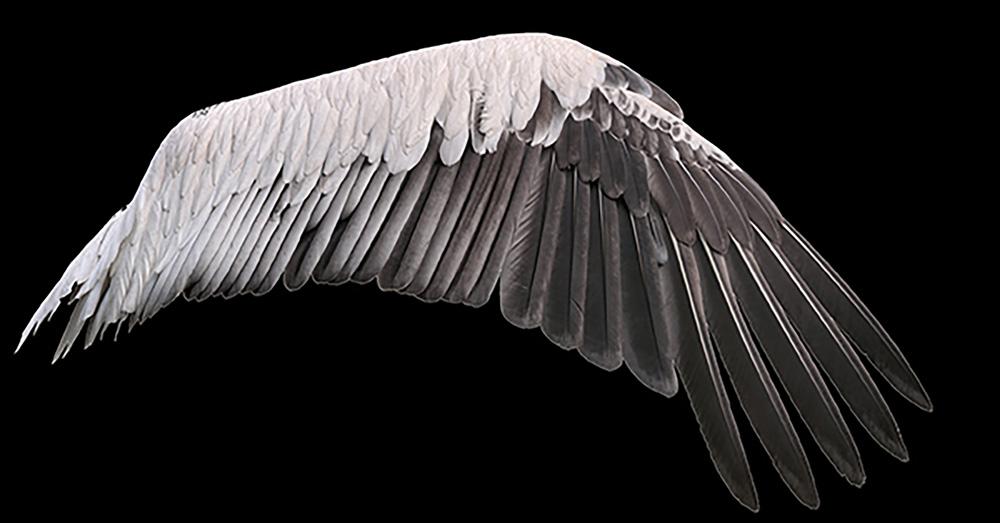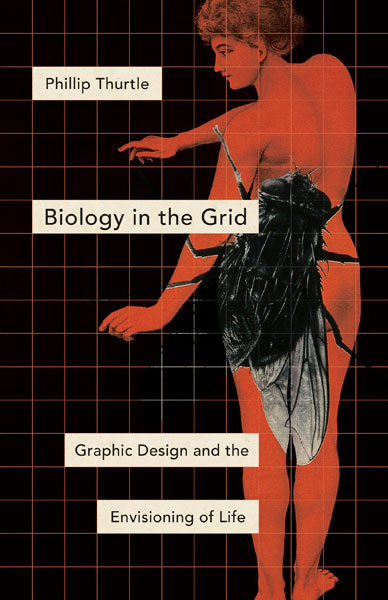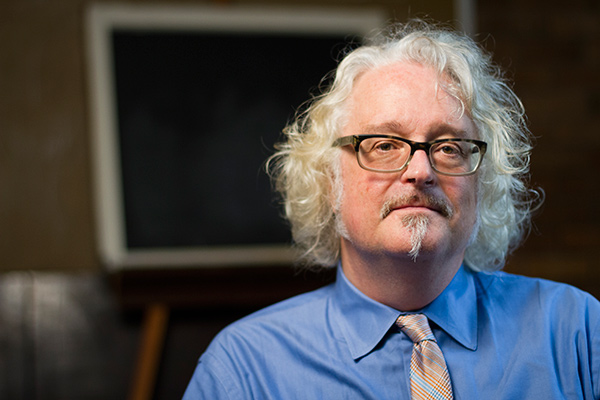
"Biology in the Grid expands the evolutionary issue of wingedness into a deeper exploration of genetics and visual representation."
Phillip Thurtle (History and Comparative History of Ideas) has a new book on the role of visual grids in the history of biology, with startling implications that fan outward into matters as fundamental as desire, our understanding of our bodies, and our view of how society is composed. Biology in the Grid: Graphic Design and the Envisioning of Life (Minnesota, 2018), is part of the Posthumanities series at the University of Minnesota Press.
 Thurtle also produced a digital companion website that explores these implications through examples drawn from science fiction, film, comics, and a sweeping array of cultural mythology. The site, Living Fables: Losing My Wings, built on the platform Scalar, allows viewers to choose their own journey through multimedia exploration of the biological pathways that give some creatures wings and others, in Thurtle’s words “twitching phantom limbs.”
Thurtle also produced a digital companion website that explores these implications through examples drawn from science fiction, film, comics, and a sweeping array of cultural mythology. The site, Living Fables: Losing My Wings, built on the platform Scalar, allows viewers to choose their own journey through multimedia exploration of the biological pathways that give some creatures wings and others, in Thurtle’s words “twitching phantom limbs.”
Thurtle’s digital work was the subject of a 2016 Simpson Center story on “Why We Don’t Have Wings” that probes the social and biological questions layered within Thurtle’s imaginative question.
Biology in the Grid expands the evolutionary issue of wingedness into a deeper exploration of genetics and visual representation.
More from the publisher:
As one of the most visual sciences, biology has an aesthetic dimension that lends force and persuasion to scientific arguments: how things are arranged on a page, how texts are interspersed with images, and how images are composed reflect deep-seated beliefs about how life exists on Earth. Biology in the Grid traces how our current understanding of life and genetics emerged from the pervasive nineteenth- and twentieth-century graphic form of the grid, which allowed disparate pieces of information to form what media theorist Vilém Flusser called “technical images.”
Phillip Thurtle explains how the grid came to dominate biology in the twentieth century, transforming biologists’ beliefs about how organisms were constructed. He demonstrates how this shift in our understanding of biological grids enabled new philosophies in endeavors such as advertising, entertainment, and even political theory.
Thurtle was a Digital Humanities Summer Fellow at the Simpson Center in 2018 and 2015. He was also a co-instructor of the 2016 Summer Institute in the Arts and Humanities on Excitations: Energy Studies in the Arts and Humanities and is affiliate faculty for the Certificate in Public Scholarship.
Congratulations, Phillip!
